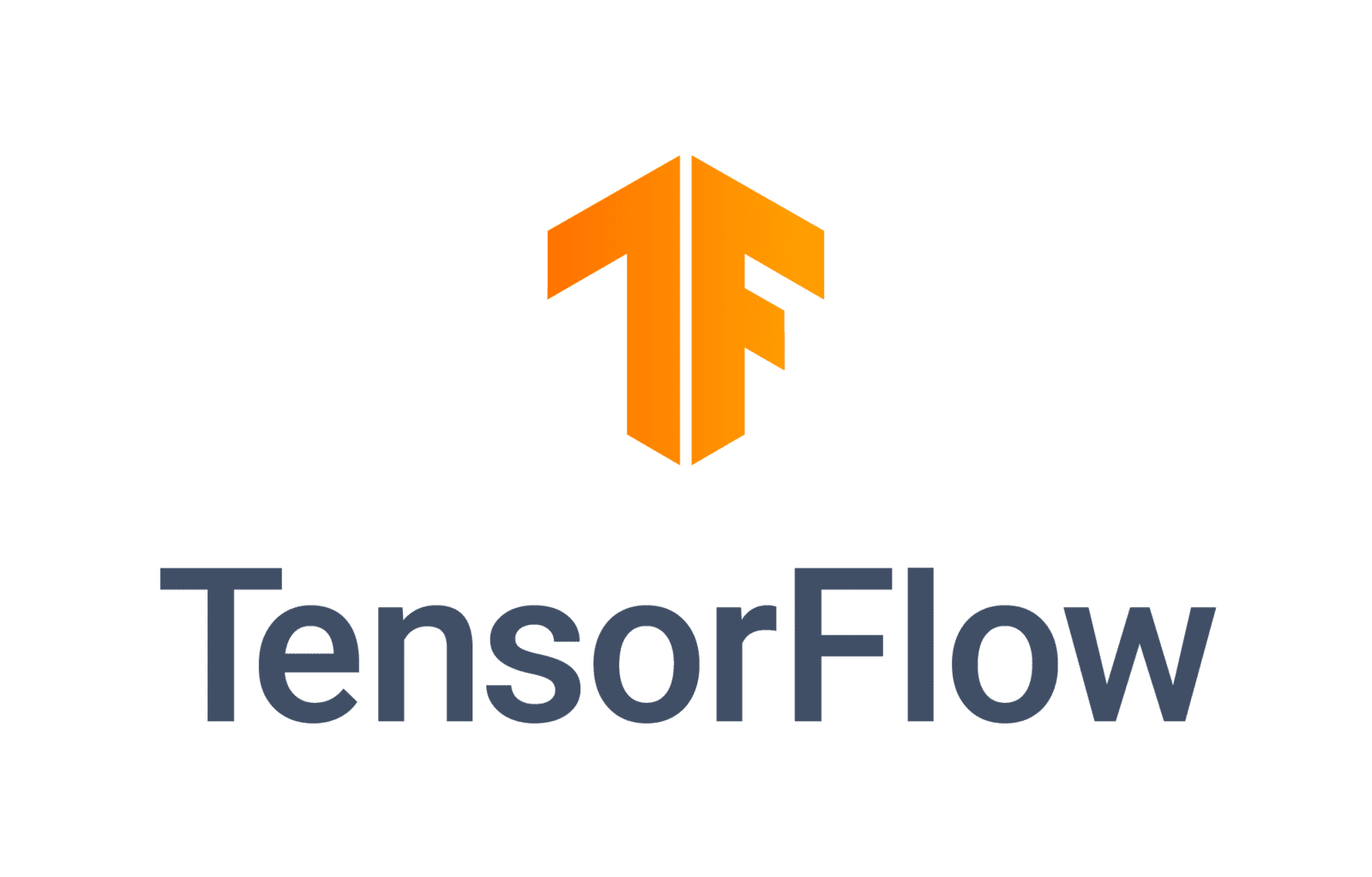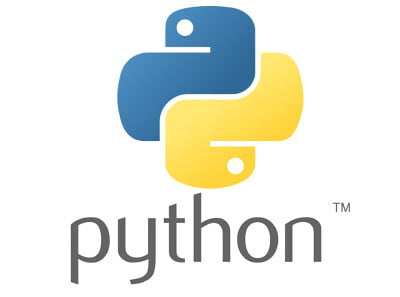CASE Technology Solutions is focused on providing solutions to improve human safety in hazardous work environments worldwide. Early identification and detection are the key components to preventing and avoiding accidents. The Case Systems identify humans, machines, and objects in a fraction of a second and immediately deploy predetermined actions to improve safety.
Whether the need is improving safety, early threat detection, cloud storage and access to events, virtual 3D models, surveillance designs, or employee training, CASE Technology Solutions delivers results that exceed client expectations.

Cuda Technology
Case implements Graphical Processing Units (GPUs) to handle work loads in our software. The use of GPUs allows us to process video and data quickly resulting in a better safety solution.
Dynamic Parallelism is an extension to the CUDA programming model enabling a CUDA kernel to create and synchronize with new work directly on the GPU. The creation of parallelism dynamically at whichever point in a program that it is needed offers exciting new capabilities.
The ability to create work directly from the GPU can reduce the need to transfer execution control and data between host and device, as launch configuration decisions can now be made at runtime by threads executing on the device. Additionally, data-dependent parallel work can be generated inline within a kernel at run-time, taking advantage of the GPU's hardware schedulers and load balancers dynamically and adapting in response to data-driven decisions or workloads. Algorithms and programming patterns that had previously required modifications to eliminate recursion, irregular loop structure, or other constructs that do not fit a flat, single-level of parallelism may more transparently be expressed.

Case and TensorFlow
Open-Source means the something that the people(mainly developers) can modify, share, integrate because all the original design features are open to all. This makes it very easy for a particular software, product to expand easily, effectively and in a very little time. This feature allowed the original creator of TensorFlow i.e Google to easily port this into every platform available in the market that includes Web, Mobile, Internet of Things, Embedded Systems, Edge Computing and included support of various other languages such JavaScript, Node.js, F#, C++, C#, React.js, Go, Julia, Rust, Android, Swift, Kotlin and many other.

Case Using Python
Python is one of those rare languages which can claim to be both simple and powerful. You will find yourself pleasantly surprised to see how easy it is to concentrate on the solution to the problem rather than the syntax and structure of the language you are programming in.
Python, on the other hand, does not need compilation to binary. You just run the program directly from the source code. Internally, Python converts the source code into an intermediate form called bytecodes and then translates this into the native language of your computer and then runs it. All this, actually, makes using Python much easier since you don't have to worry about compiling the program, making sure that the proper libraries are linked and loaded, etc.
